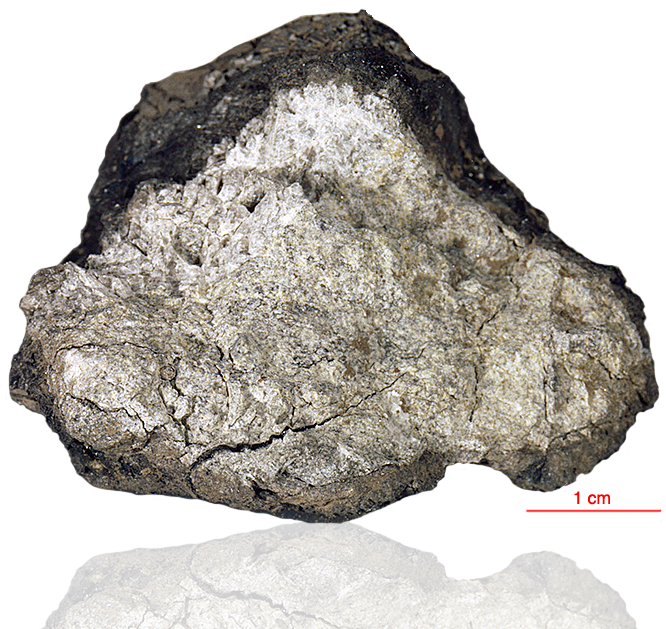
Fact sheet
65075 is a greenish-grey breccia with a black glass coating. It is highly fractured and broke in pieces during return. It appears that the crystalline interior is an impact melt rock with highland composition. It has relict ophitic, sub-ophitic and poikilitic textures, but it has been highly shocked so that the clast-matrix relationship is confused. There is a great deal of dark glass, some in large fragments (rotation 1). Rotation 2 focuses on a plagioclase feldspar-rich region with a single pyroxene crystal at the centre.
The sample weighed 108 grams before analysis and has not been dated.
Further details of this and other Apollo samples are here: http://curator.jsc.nasa.gov/lunar/
The Apollo 16 landing site was in the hilly region around Descartes crater in the lunar highlands. The landing spot was chosen to allow the astronauts to gather geologically older lunar material (Descartes Formation and the Cayley Formation) than the samples obtained in the first four landings, which were in or near lunar maria.
The mission lasted 11.1 days, with a stay on the lunar surface of 71 hours. The crew were on the lunar surface for 20.2 hours during which they traversed approximately 27 kilometers and collected approximately 96 kilograms of samples.
Apollo 16 was launched on 16 April 1972.






